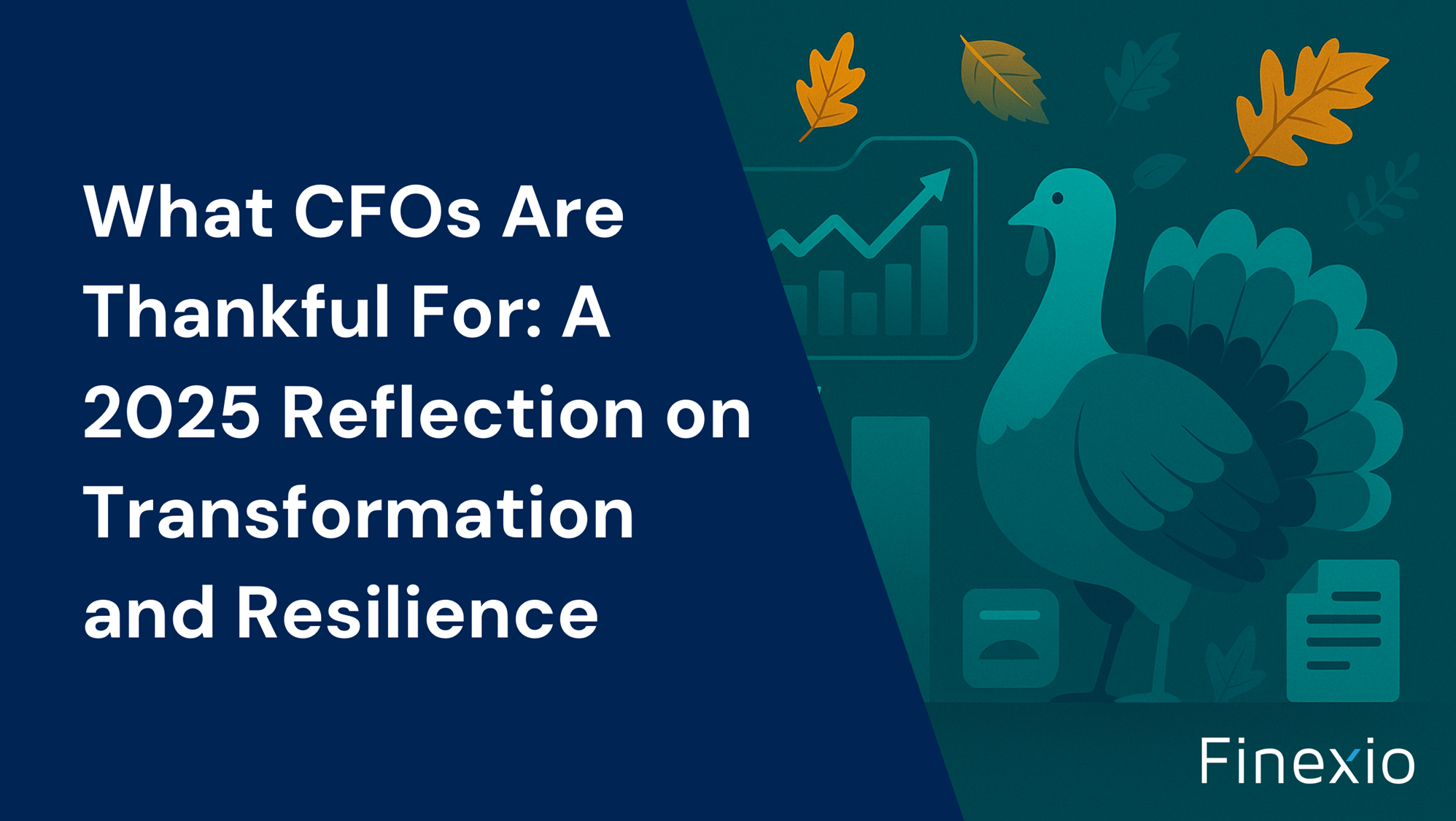Navigating Check Fraud: A Modern Approach


In the ever-evolving landscape of financial transactions, the specter of check fraud looms large, presenting a complex challenge for businesses and financial institutions alike. As we delve into this intricate world, it's crucial to understand the nuances and implications of current legal frameworks and the pressing need for innovative solutions.
The Rise and Complexity of Check Fraud
Despite the decline in check usage, the irony is that check fraud has been on a meteoric rise and poses a sophisticated and multifaceted threat to financial security. This resurgence is driven by a combination off actors.
Technological advancements have made it easier for fraudsters to replicate and manipulate checks with alarming precision. The rise of high-quality printers and graphic design software has facilitated the creation of counterfeit checks that are increasingly difficult to distinguish from legitimate ones. Moreover, the availability of personal and financial information online has made it easier for criminals to engage in identity theft and check fraud.
The tactics employed in check fraud are diverse and evolving. They range from simple methods like theft of physical checks from mailboxes to complex schemes involving the alteration of check details or the creation of entirely fictitious checks. Some fraudsters engage in 'check kiting,' where they exploit the float time in banking transactions to inflate account balances artificially. Others engage in 'check washing,' a process that involves chemically erasing details from a check and rewriting them for fraudulent purposes.
The impact of check fraud extends beyond financial loss. It erodes consumer and business confidence in the banking system and imposes a significant administrative burden on financial institutions and law enforcementagencies. The process of identifying, investigating, and rectifying fraudulent transactions can be time-consuming and costly.
The Legal Labyrinth
The intricacies of check fraud in the modern financial landscape present a formidable legal labyrinth, primarily guided by the Uniform Commercial Code (UCC), particularly Article 4. This article attempts to navigate these murky waters.
When a drawer's signature is forged, the drawer's bank typically bears the brunt of liability. This is based on the premise that the bank should know its customer's signature. However, if other elements of the check, such as the endorsement or amount, are tampered with, the depositary bank finds itself on the hook. This dichotomy creates a bizarre scenario where liability hinges on the nature of the fraud, leading to a peculiar legal situation where responsibility is not uniformly assigned, creating loop holes that can be exploited by fraudsters.
The Price v. Neal Conundrum
At the heart of this issue lies the antiquated doctrine of Price v. Neal, an old rule stating that the payor bank must recognize and stop payment on forged checks. The Price v. Neal rule was established under the premise that banks, particularly the payor banks, are best positioned to recognize their customers' signatures. This assumption made sense in a less technologically advanced era, where banking was more personal and managed significantly less volume.
In today's high-speed, digital-first financial world, where checks are processed in massive quantities and often without human intervention, this assumption falls short. The human eye is no longer the primary tool in detecting forgery; technology has taken that mantle. The question we must ask ourselves is: In an era of sophisticated fraud, do these old rules still serve us, or do they merely provide a smokescreen for fraudsters?
A Call for Change
The solution seems clear: a revision of UCC Article 4 to shift liability towards the depositary bank. This change would not be about assigning blame but rather about incentivizing banks to invest in advanced fraud detection technologies and adopt proactive fraud prevention strategies. By holding the depositary bank accountable for the authenticity of checks, we encourage these institutions to implement more rigorous verification processes, thus elevating the overall security of financial transactions.
This proposed shift in liability also recognizes the evolving nature of banking practices and the increasing reliance on digital technologies. It's a call to banks to not just react to fraud, but to anticipate and prevent it. This forward-looking approach aligns with the digital transformation of the banking sector, where traditional paper checks are becoming relics of the past.
The Finexio Solution: A Beacon in the Fog
In the murky realm of financial fraud, particularly check fraud, Finexio strives to be a lighthouse, guiding businesses toward safer shores. At Finexio, we understand that the best way to combat check fraud isn't just to navigate the existing rules but to change the game entirely.
At the core of Finexio's strategy is the utilization of virtual cards as the most secure and fraud-resistant B2B payment alternative to paper checks. Virtual cards offer a level of security unattainable by traditional paper checks with, single-use numbers for each transaction, making them virtually impervious to the traditional methods of check fraud.
This feature alone dramatically reduces the vulnerability to fraud, as these numbers become obsolete after a single use, rendering them useless to would-be fraudsters. This stands in stark contrast to traditional checks, which, once compromised, can be replicated, or altered for repeated fraudulent use.
Furthermore, Finexio's virtual card payments incorporate cutting-edge security measures. These include end-to-end encryption and advanced verification protocols, ensuring that each transaction is not only secure but also compliant with the highest industry standards. This level of security is particularly vital for businesses engaging in high-value transactions, where the stakes of fraud are significantly elevated.
Finexio is a trusted advisor that safeguards all payment methods for our customers, but Finexio's innovation doesn't stop at security. We understand that efficiency and user experience are equally paramount, which is why our comprehensive AP Payments as a Service is designed for seamless integration into existing accounts payable processes, offering a user-friendly interface that simplifies the transition from traditional payment methods. This ease of integration means that businesses can quickly adapt to this safer method without a steep learning curve or extensive overhaul of their current systems.
Moreover, the environmental impact of transitioning from paper checks to digital solutions is non-trivial. By adopting virtual cards, businesses contribute to reducing paper waste, aligning with broader environmental sustainability goals.
We're not just observing the change; we're driving it. Finexio is at the forefront, helping customers steer clear of the pitfalls of check fraud and embrace the security and efficiency of virtual card payments. Our mission is clear: to illuminate the path forward with innovative payment solutions that safeguard your interests and propel your business into a secure financial future.
In Conclusion
The journey through the complex landscape of check fraud is fraught with challenges and outdated legalities. But with a clear understanding of the issues at hand and a commitment to innovative solutions like virtual cards, we can navigate these turbulent waters. Together, with Finexio's expertise and forward-thinking approach, we can turn the tide against check fraud and chart a course toward a more secure and efficient financial horizon.
Interested in what you can do to protect your business from payments fraud? Download our free guide "The Accounts Payable Fraud Prevention Playbook".
Get the free Newsletter
Get the latest information on all things related to B2B and electronic payments delivered straight to your inbox.




